
OR
Recollecting post-earthquake reconstruction
Published On: October 5, 2020 07:30 AM NPT By: Gaurab KC
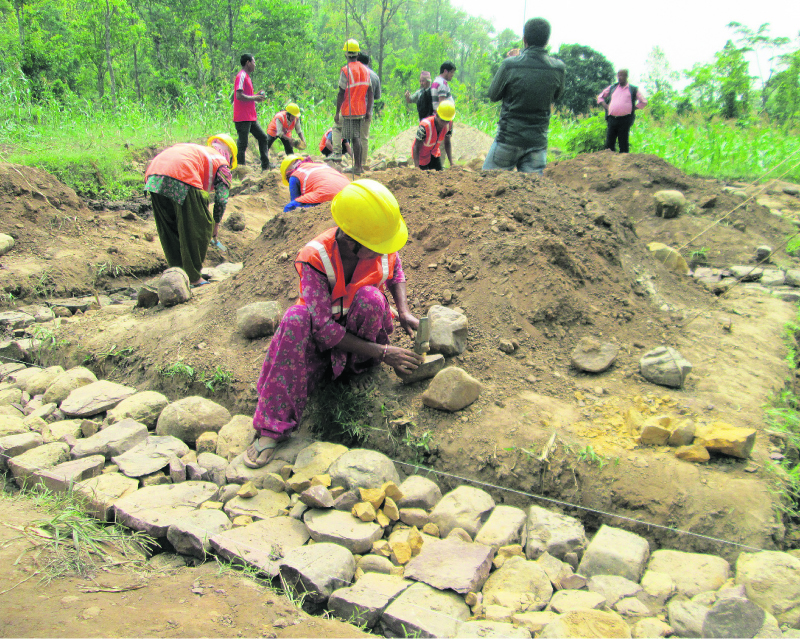
The credit for the success of reconstruction process solely goes to the earthquake survivors themselves who managed the money by borrowing loans from various sources.
In the last five years, Nepal has witnessed manifold ruptures. In 2015, devastating earthquakes struck Nepal. Five years later, the country has been engulfed by Covid-19 pandemic forcing the citizens to alter their ways of life. In between, a number of political events continued to produce 'little ruptures'. All these events have shaped our collective memory, which is often short-lived. But, there are several substantive encounters in our ongoing moments that lead us to reconnect and retrieve the reminiscence of the past events.
Memory of reconstruction
Similarly, the author of this article was impelled to hark back to the 2015 earthquake by viewing through a television program Baliyo Ghar, Surakshit Nepal, periodically telecasted by Kantipur Television. Thereby, the article engages with the idea of broadcasting media like television and the message it conveys. In this light, this piece charts out the author's reflection, who eventually came to know the scale of the reconstruction effort through this televised series.
Archiving events of historical significance is an important act. In today's time visual archiving should/could be an effective medium in doing so. Televisual of this type helps one understand various dimensions and layers of the reconstruction effort in Nepal. The encapsulated details of the lived experiences of those severely affected by the catastrophe and their untiring effort to overcome the situation could be understood and pondered over by watching this kind of show. This experience was particularly humbling for those who were relatively safe during the earthquake and did not experience the hardships brought about by the earthquake. The author too tried to imagine the aftereffects of the disaster upon those that bear the brunt. In fact, the author found the program as an instrumental conveyor through which the varied effects, especially the human effort to resurrect, of the earthquake could be understood to cushion the blow.
Following the earthquake, the whole social, political, developmental, academic and media narrative was primarily centered on the idea of reconstruction. Over time, terms like resilience, livelihood, safe housing facilities, retrofitting became the buzzwords. The Government of Nepal (GON) became the major mobilizer in the reconstruction effort. However, Non-Governmental Organizations (NGOs) and the international community chipped in the efforts of the GON. A large sum of money was pumped in to start and secure the reconstruction effort.
In this context, the telecasted series with a fancy title Baliyo Ghar, Surakshit Nepal (“strong house, safe Nepal”) became one of the mediums through which the narrative of reconstruction was reinforced and played out at a national level. By watching the few episodes the author was hooked to follow the past episodes. The program was by no means a chest-thumping effort of the institutions involved in. The broadcasted visuals delivered both the pros and cons of the reconstruction effort by the government.
Not only did the author get an opportunity to view the hardships of the earthquake victims, but also had a chance to glimpse the topsy-turvy efforts of reconstruction at both individual and state level. The program too conveyed a message that the reconstruction effort was a mixed bag. Some government efforts could be appreciated, particularly the mobilization of human resources such as mobile masons to help in the reconstruction effort. Similarly, the act of amending the necessary legal provisions to ensure the rehabilitation of landless and squatters on government land was also convincing. Moreover, we get to know that almost ninety percent of the reconstruction phase has been finished and only ten percent remained.
However, not all was hunky-dory. Over time, many earthquake victims could not receive earmarked emolument for reconstruction owing to non-possession of required legal documents. This brought to fore the complex state-citizen relationships compounded by the hassles of legal papers. Similarly, the money received by all the dependents from the government in different phases to rebuild their houses was not worth a hill of beans. The credit for the success of this reconstruction process solely goes to the earthquake survivors themselves who wrestled to manage and channeled the money by borrowing loans from various sources. The program also highlighted the inability of the authorities to come up with a tailored approach to reconstruction. The government had one-size-fits all approach wherein, the authorities prescribed the same formula of reconstruction irrespective of geography, topography and social stratum.
Memory matters
Coming back to the idea of collective memory, the episode made an effort to demonstrate the ups and downs of those affected. Not only did the program document the agonies, efforts, struggles and certain silver linings of the reconstruction effort but it also helped recollect the complexities brought about by the earthquake. It helped bring the multiverses of the stakeholders involved in the reconstruction effort. These stakeholders included the members of the affected families, local representatives and the spokesperson of the National Reconstruction Authority (NRA). These multiverses captured through visuals helped to transmit and recount the event for successive generations, too. On the flip side the program also sends the message as to who we are and what our state functionary is.
What is, however of utmost importance, is the way in which all of these churnings and happenings were conveyed to a larger audience including those that were less affected or are not affected by the earthquakes at all. Calamities have their own way of conveying messages to humans. Humans in turn have their own way of documenting the calamities. Visuals of this kind remain an effective and attractive way of doing so. As an anthropologist, this process of documenting the disaster not only helped me to visualize the effort and the struggles of the people but also taught me what the visuals can provide and do. The imprints created by the visual have lasting effects. In this regard, the Baliyo Ghar Surakchit Nepal has been an effective medium in conveying the event, tragedies and trajectories of the reconstruction efforts of all those involved.
However, the author believes the program had its own shortcomings which can be addressed in the future, provided such televisual finds continuity. One of the shortcomings of the series is its inability to offer an enough and meaningful review of the efforts put in by National Reconstruction Authority, the designated government body to oversee reconstruction effort. The program also doesn’t provide adequate coverage on the channeling of the funds and its transparency provided by the donor community in the overall reconstruction effort. The program could not sufficiently chart out the differing trajectories of those that successfully reconstructed their houses and those who could not. Finally, the show could not deftly capture the wishes and resistance of those who relocated to new locations.
Hats off to the brave efforts of those men and women for their tireless struggle and fight for their rights to rebuild!
You May Like This
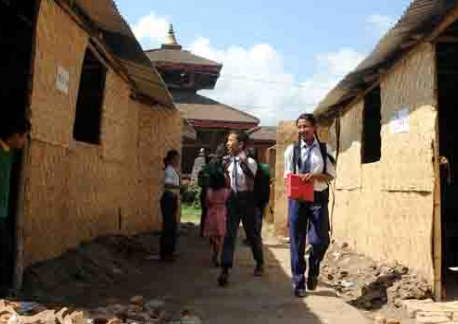
Reconstruction of 4,476 schools completes
Kathmandu, April 23: The reconstruction of 4,476 schools that were damaged by the April 25, 2015 Gorkha Earthquake and its... Read More...
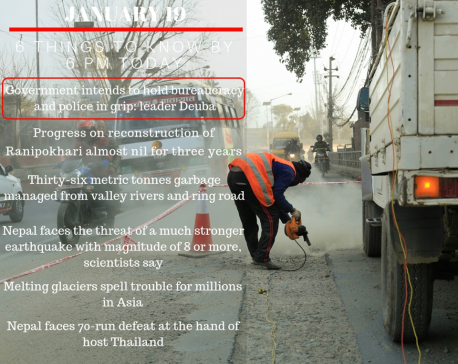
Jan 19: 6 things to know by 6 PM today
Your daily dose of missed important news of the day. ... Read More...
Just In
- UAE secures spot in ACC Premier Cup final, defeating Nepal by six wickets
- NC to boycott Gandaki Province Assembly, submits letter to Speaker
- 850 grams of gold seized from Indian national at TIA
- Rupandehi District Court orders to release Dipesh Pun on a bail of Rs 400,000
- Teachers’ union challenges Education Minister Shrestha's policy on political affiliation
- Nepal sets target of 120 runs for UAE in ACC Premier Cup
- Discussion on resolution proposed by CPN-UML and Maoist Center begins in Koshi Provincial Assembly
- RBB invites applications for CEO, applications to be submitted within 21 days









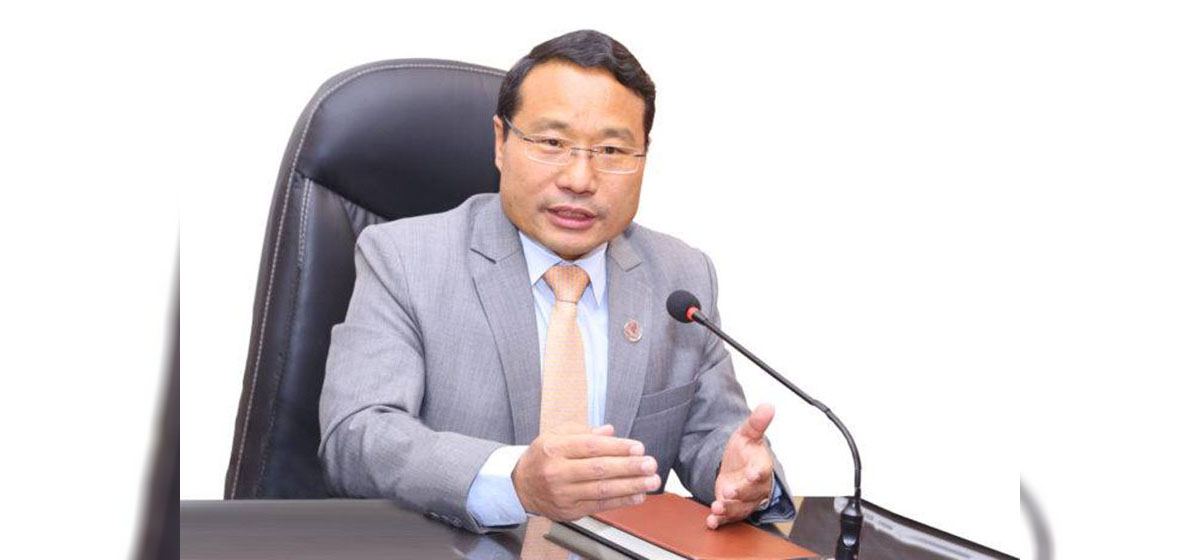


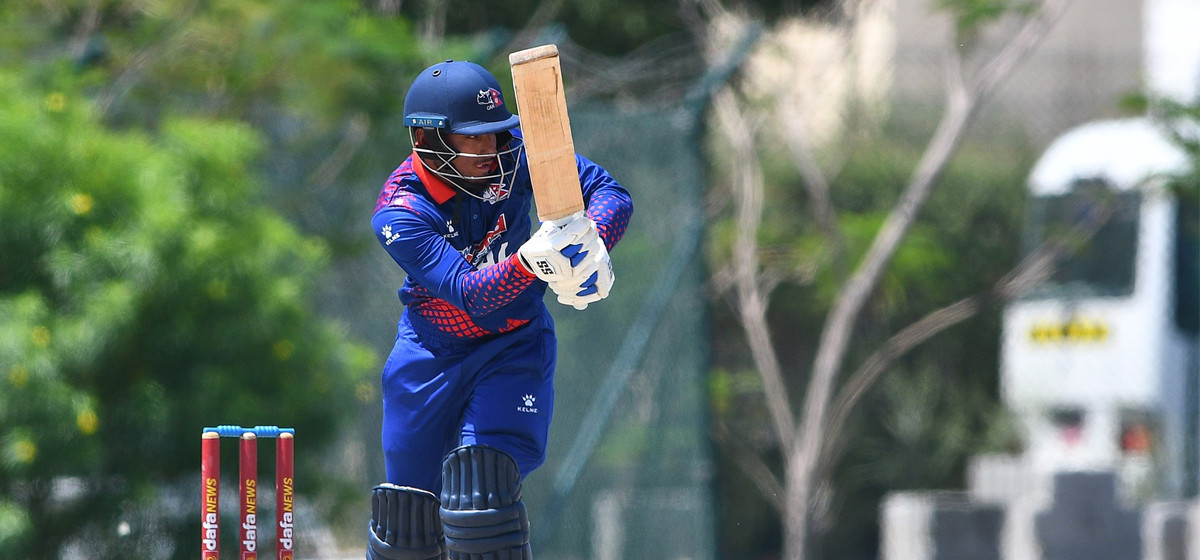
_20240311121839.jpg)

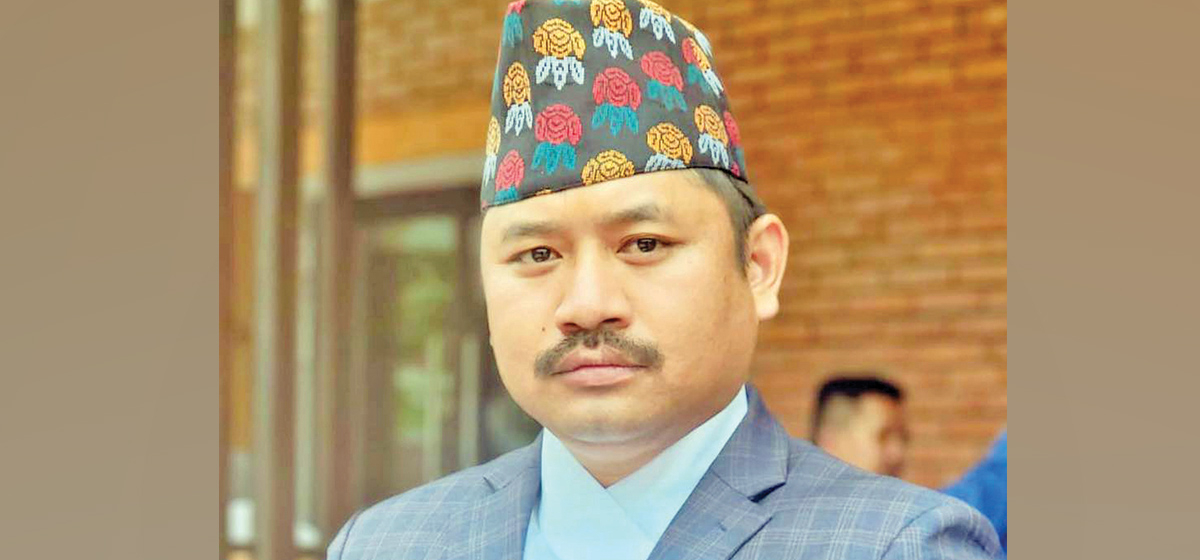

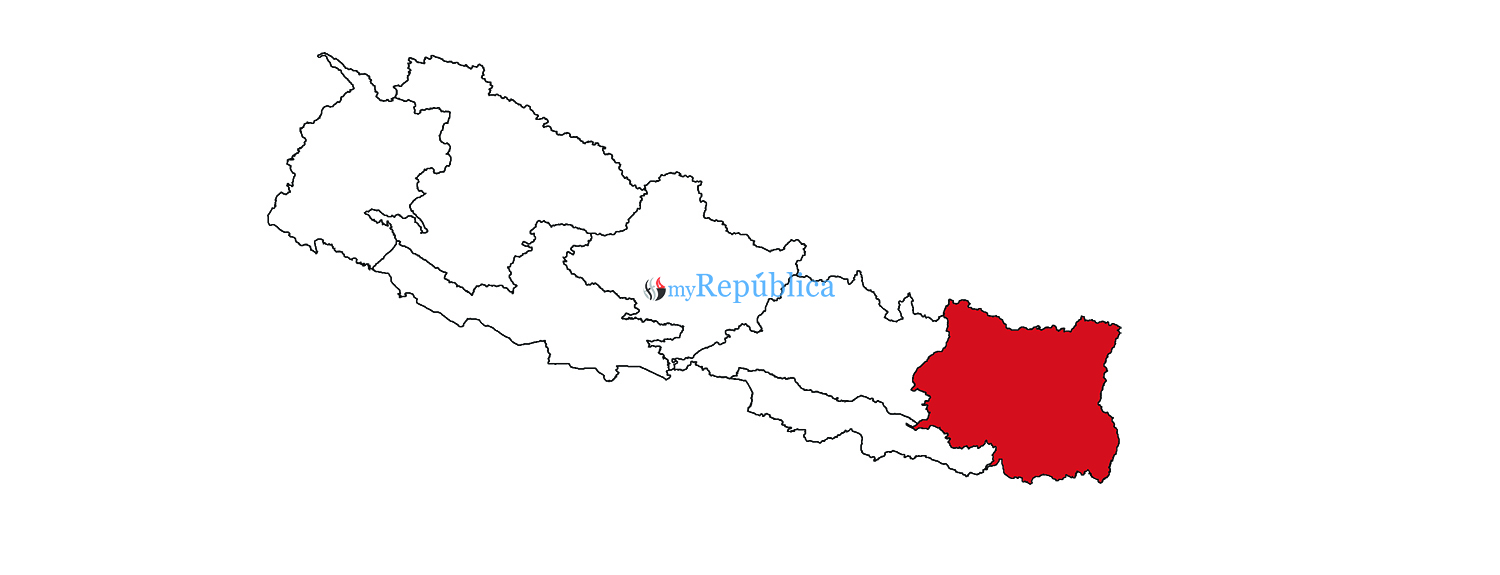
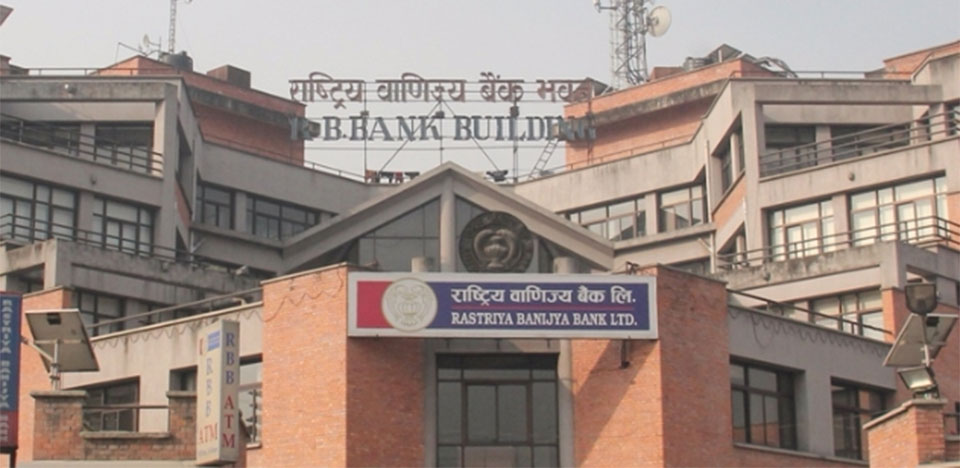
Leave A Comment